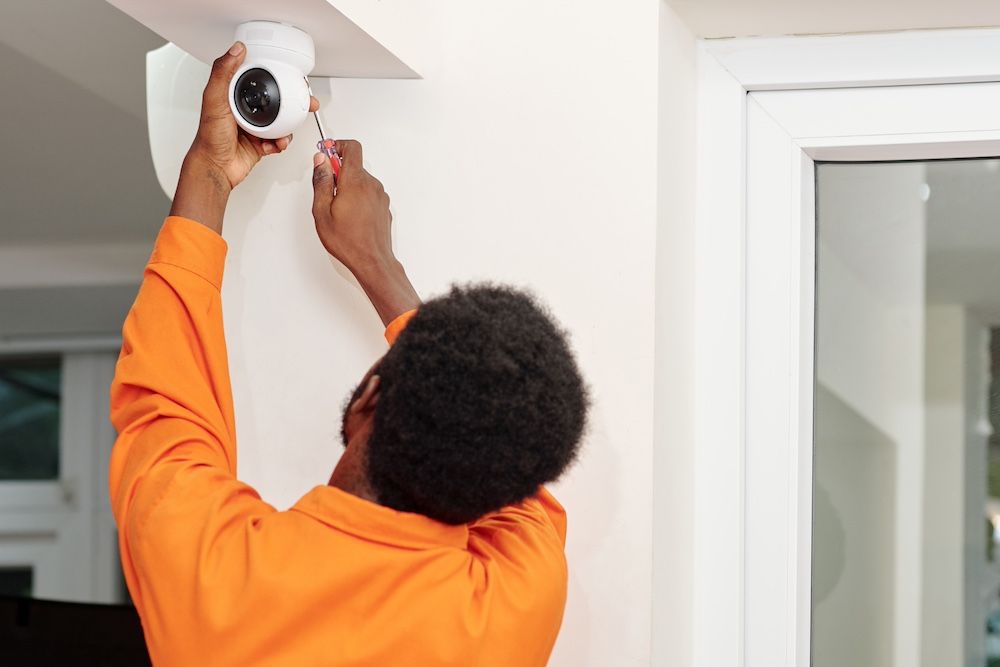Home security cameras have become indispensable tools for ensuring personal and property safety. With advancements in technology, a variety of models with diverse functionalities have emerged. This article provides an overview of the different types of home security cameras and the features that set them apart.
- Types of Home Security Cameras: Home security cameras come in various forms, each suited to specific needs and locations:
Indoor Cameras: Designed to monitor the interior of a home, these cameras often feature wide-angle lenses and work well in low-light conditions. They can be placed on shelves or mounted on walls and are typically used to keep an eye on pets, children, and general home activity. Outdoor Cameras: Built to withstand weather elements like rain and snow, outdoor cameras are equipped with weatherproof casing. They often have higher resolution and night vision capabilities to capture clear footage in various conditions. Doorbell Cameras: These cameras are integrated into doorbells and are useful for monitoring front-door activity. They often include two-way audio features, allowing homeowners to communicate with visitors remotely. Wireless and Wired Cameras: Wireless cameras offer flexibility in placement and are easier to install, as they do not require running cables. Wired cameras, while requiring more involved installation, typically offer more reliable and continuous service as they do not depend on battery power.
- Key Features to Consider: When choosing a home security camera, several features are important to consider to ensure optimal functionality and user satisfaction: Resolution: Higher resolution cameras produce clearer images, making it easier to see details in the footage. Look for cameras with at least 1080p resolution for adequate clarity. Night Vision: Effective night vision is crucial for all security cameras, especially outdoor models. This feature allows the camera to capture video in low-light conditions using infrared LEDs. Motion Detection: Cameras with motion detection can alert homeowners to unexpected movement, recording clips only when activity is detected, which conserves storage and battery life. Field of View: The camera’s field of view determines how much of your property you can see at any time. Wider angles give a more comprehensive view, reducing the number of cameras needed. Smart Home Integration: Many modern cameras integrate with smart home systems, allowing for features like remote monitoring, real-time notifications, and voice control through platforms like Amazon Alexa or Google Assistant.
Understanding the different types of home security cameras and their features helps in selecting the right system for your needs. Whether for general security, checking in on loved ones, or deterring potential intruders, the right camera can make all the difference in maintaining a secure and safe home environment.




